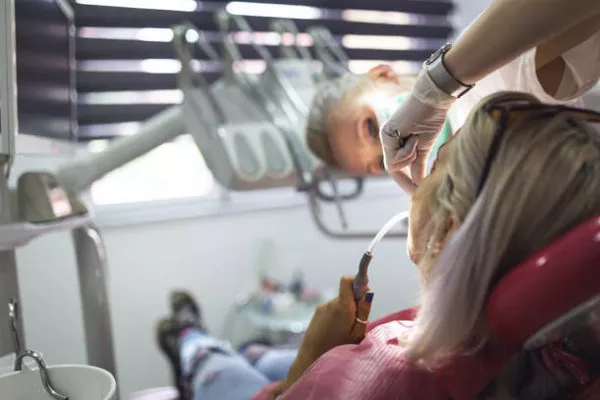Orthodontic treatment is a popular option for those who want to improve their oral health and appearance. However, with the cost and time commitment required for this type of care, many people may wonder whether orthodontic treatment is worth it. In this article, we will explore four key topics related to the question of whether orthodontic treatment is worth it.
The Benefits of Orthodontic Treatment
Orthodontic treatment can offer many benefits that can positively impact both your oral health and overall well-being. Straighter teeth can improve your smile and boost your self-confidence, while also making it easier to keep your teeth clean and healthy. Additionally, correcting issues such as overbites or underbites can prevent future dental problems like tooth decay and gum disease. We will discuss in detail the various ways that orthodontic treatment can improve your quality of life.
One major benefit of orthodontic treatment is improved oral function. When your teeth and jaws are properly aligned, it becomes easier to speak, chew, and bite. This can lead to improved nutrition and overall health. Additionally, orthodontic treatment can help alleviate jaw pain or headaches caused by misaligned teeth or jaw structures.
Another benefit of orthodontic treatment is improved confidence and self-esteem. When you have straighter teeth and a more attractive smile, you may feel more confident in social situations and at work. This can lead to improved relationships and career success.
Finally, orthodontic treatment can prevent future dental problems from developing. For example, correcting crowded teeth can make it easier to floss and brush effectively, reducing the risk of tooth decay and gum disease. Additionally, correcting bite issues can reduce the likelihood of chipping, breaking, or wearing down teeth over time.
The Cost of Orthodontic Treatment
While the benefits of orthodontic treatment are numerous, it is important to consider the cost of this type of care. Orthodontic treatment can be expensive, with some estimates placing the average cost at around $5,000-$6,000. We will explore the factors that contribute to the cost of orthodontic treatment, including the type of treatment chosen, the duration of treatment, and any additional procedures that may be necessary. We will also examine the potential long-term financial benefits of investing in orthodontic treatment, such as reduced dental costs over time.
One factor that contributes to the cost of orthodontic treatment is the type of treatment chosen. Traditional braces are often less expensive than newer alternatives like clear aligners, which can cost several thousand dollars more. Additionally, the duration of treatment can impact the overall cost. Longer treatment times may require more office visits and adjustments, increasing the total cost of treatment.
However, it is important to consider the potential long-term financial benefits of investing in orthodontic treatment. For example, correcting bite issues can prevent future dental problems from developing, reducing the need for costly dental treatments down the road. Additionally, a healthy and attractive smile can lead to improved self-confidence and career success, which can have significant financial benefits over time.
Types of Orthodontic Treatment
There are several different types of orthodontic treatment available, each with its own set of advantages and disadvantages. Traditional braces remain a popular option, while newer alternatives such as clear aligners have gained popularity in recent years. We will explore the various types of orthodontic treatment available, including how they work, their effectiveness, and any potential risks or drawbacks associated with each option. Additionally, we will discuss the importance of selecting the right type of treatment based on your individual needs and preferences.
Traditional braces are often considered the most effective form of orthodontic treatment, particularly for complex cases. Braces consist of metal brackets and wires that are attached to the teeth and adjusted regularly to gradually shift the teeth into the desired position. While braces can be uncomfortable and require frequent adjustments, they are often the best option for severe bite issues.
Clear aligners, such as Invisalign, have become increasingly popular in recent years due to their discreet appearance and convenience. Aligners consist of clear plastic trays that are worn over the teeth and adjusted every few weeks to gradually shift the teeth into the desired position. While aligners are often more comfortable than traditional braces, they may not be effective for complex cases or severe bite issues.
Choosing an Orthodontist
Choosing the right orthodontist is critical for achieving the best possible results from your orthodontic treatment. A qualified and experienced orthodontist can help ensure that you receive the highe
Related Topics:
































